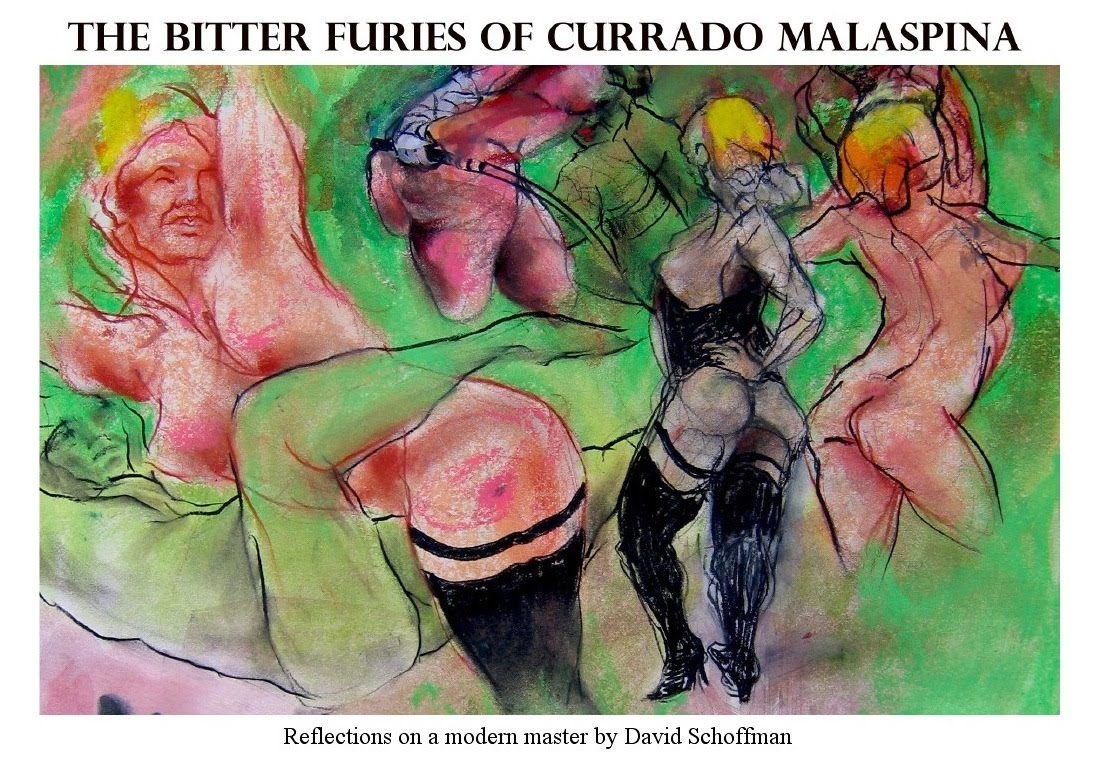You don't want my brutal colleague Currado Malaspina to be your adversary. Know in advance that if you are a painter, he will never be your friend. The best you can hope for is to cultivate his ambivalence - but then again, that would mean you are not even worthy of his enmity.
One notable exception was Francis X. Olivier.
 | ||
| Préparer à une Chirurgie, oil on canvas, Francis X. Olivier 1965 |
Currado absolutely loved Olivier. To Malaspina he was a mentor, a confidante, a protector and a father confessor. Malaspina was completely devoted to the older painter. Olivier had his share of detractors. Many considered him a half-baked, second generation abstract expressionist. Others called him an "américaine manqué."
And those were were the ones who are considered charitable.
And yet, he was an extremely popular and successful French artist. At his death in 1989 his work could command at auction a healthy five figures. Now, a generation after his death, his paintings are worth upward of half a million dollars.
 | |
| Bete Comme un Peintre, pastel on paper, Francis X. Olivier, 1978 |
Now for the news.
Currado Malaspina has been slowly selling his collection of Olivier's work, living quite well off of work he had acquired as gifts. This would not in itself be questionable had not Malaspina promise a dying Olivier to keep his collection intact and to ensure the well being of his heirs (wife, ex-wife, two mistresses, three legitimate children and two illegitimate children).
Legal? Yes
Ethical?
... this is the artworld ...




